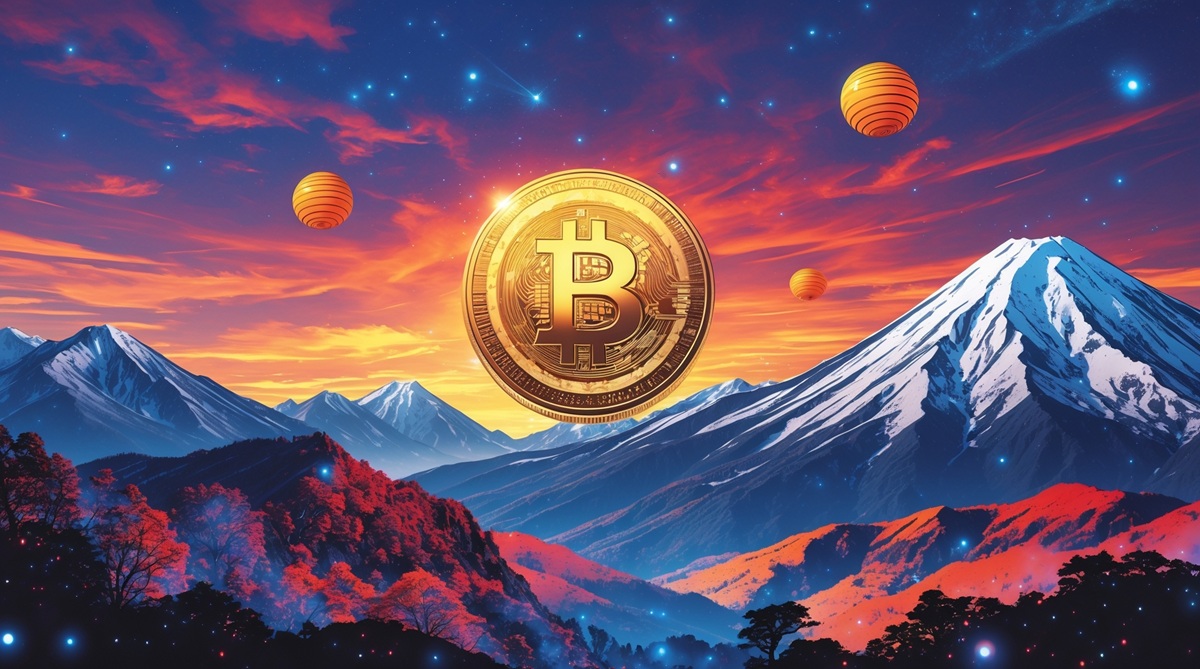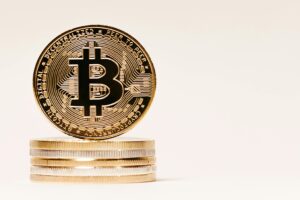Why SBI Bank’s Big Bet on XRP Could Transform Your Investment Strategy

SBI Holdings’ Strategic Move: Paving the Way for XRP Adoption in Japan
SBI Holdings, a prominent player in Japan’s financial sector, has been an advocate for blockchain technology and cryptocurrencies since the mid-2010s. In 2016, the company took a significant step by acquiring a 9% stake in Ripple Labs, making it the most substantial external shareholder. That same year marked the formation of SBI Ripple Asia, a joint initiative with Ripple aimed at enhancing blockchain-based payment solutions throughout Asia. This collaboration has been pivotal in integrating XRP into Japan’s banking system, with SBI Holdings’ CEO, Yoshitaka Kitao, consistently highlighting XRP’s potential for international remittance.
Overview of SBI’s Involvement in the XRP Ecosystem
SBI has broadened its footprint in the XRP ecosystem over time. This includes managing validator nodes on the XRP Ledger and launching non-fungible tokens (NFTs) for events such as EXPO 2025 Osaka, solidifying XRP’s role within its operations. These strategic choices underscore SBI’s commitment to promoting XRP and establishing it as a leading digital asset in Japan.
Key Highlights
- Broad Adoption: SBI Bank forecasts that by 2025, 80% of Japanese banks will adopt XRP, signaling robust institutional backing.
- Recent Initiatives: The institution is reportedly contemplating an XRP buyback program and has made a notable $50 million investment in Circle, illustrating a diversified crypto strategy.
- Market Observations: While there is potential for XRP adoption to enhance its value, challenges like market volatility and regulatory hurdles persist.
- Investor Precautions: Caution is advised for potential investors, given the complexities of the cryptocurrency market and uncertain outcomes.
Recent Developments: SBI’s Major Commitments by 2025
By June 2025, various developments have heightened SBI’s investment in XRP. Reports suggest that nearly 80% of Japan’s banking sector is expected to incorporate XRP before year-end, which could significantly enhance the cryptocurrency’s functionality and market value.
In a notable strategic move, SBI Holdings is weighing a buyback program for XRP. This strategy aims to align XRP’s market value with the asset volume held by SBI, potentially echoing approaches taken by companies like MicroStrategy with Bitcoin. The program could help mitigate selling pressure and stabilize XRP’s pricing, although it may lead to short-term price fluctuations of 30-50%. The durability of this strategy hinges on robust demand, which XRP currently lacks compared to leading competitors like Ethereum and Solana.
Additionally, SBI Holdings, alongside SBI Shinsei Bank, invested $50 million in Circle Internet Group, coinciding with Circle’s listing on the NYSE on June 5, 2025. Following its debut, Circle’s stock surged from an opening of $69 to close at $83, a 200% gain. Although this investment focuses primarily on stablecoins, it highlights SBI’s commitment to the cryptocurrency sector and indirectly reinforces its XRP interests. The collaboration with Circle is also aimed at forming Circle SBI Japan KK, further promoting the use of USDC in Japan.
SBI’s recent activities also include transferring 39.93 million XRP for liquidity management and on-demand liquidity services, reflecting optimistic market sentiments in Japan.
Market Implications of XRP’s Growing Acceptance
The anticipated adoption of XRP by Japanese banks, coupled with SBI’s targeted investments, could create substantial effects on the cryptocurrency’s market landscape. As more financial institutions begin utilizing XRP for cross-border transactions, an increase in demand for the asset is likely, which could result in a price surge. Analysts are optimistic, with some positing that XRP might reach $10 by 2025, driven by institutional support and clearer regulatory frameworks.
Should SBI proceed with its buyback initiative, it could provide additional price stability and elevate XRP’s market valuation. This could signal growing traction for digital currencies, potentially encouraging other financial entities to consider crypto transactions. Such developments could enhance confidence in XRP and further its adoption, positioning it prominently in the realm of blockchain applications for international finance.
Challenges and Considerations for Investors
Nevertheless, investing in XRP carries inherent risks, akin to any cryptocurrency. The market is characterized by unpredictable volatility, and XRP is no exception. Although SBI’s buyback initiative may introduce some stabilization, it does not eliminate the risk of downward price movements. For instance, the buyback strategy may provoke short-term price shifts between 30-50%, which could dissuade conservative investors.
Regulatory uncertainties remain a pressing concern. While Japan has generally been favorable toward cryptocurrencies, other countries may enact stricter regulations, impacting XRP’s functionality and valuation. Additionally, the threats of hacking and market manipulation introduce further complexities, along with potential liquidity issues and inadequate investor protections.
The effectiveness of SBI’s strategy is also contingent on overall demand for XRP. If the uptake does not meet anticipations, the buyback program may lack sustainability, potentially resulting in investment losses. Currently, XRP does not possess the demand drivers enjoyed by rivals such as Ethereum and Solana, which might restrict its long-term growth prospects.
Should Investors Consider Joining the XRP Journey?
Given the unfolding events, SBI Bank’s substantial investment in XRP represents an intriguing investment opportunity paired with notable risks. Potential investors should contemplate their risk tolerance and investment timeframes before engaging. While signs suggest that greater adoption could uplift XRP’s valuation—especially with institutional backing from SBI and Japanese banks—investors must navigate the unpredictable crypto landscape and regulatory uncertainties cautiously.
Those willing to embrace higher risks for long-term rewards might view SBI’s commitment as a positive indicator, particularly with predictions suggesting XRP could hit $10 by 2025. Conversely, individuals averse to volatility may prefer more stable investment alternatives. Staying informed about developments from SBI and other key players will be essential for making prudent investment choices.
Conclusion
SBI Bank’s substantial investment in XRP, bolstered by its partnership with Ripple and recent strategic actions, is significantly reshaping the cryptocurrency landscape. With a forecast indicating that 80% of Japanese financial institutions will adopt XRP by 2025 and SBI exploring buybacks and stablecoin collaborations, the outlook appears promising yet fraught with uncertainty. Investors need to weigh growth potential against the risks of market volatility and regulatory challenges, maintaining a balanced and informed approach as they navigate this evolving landscape.







